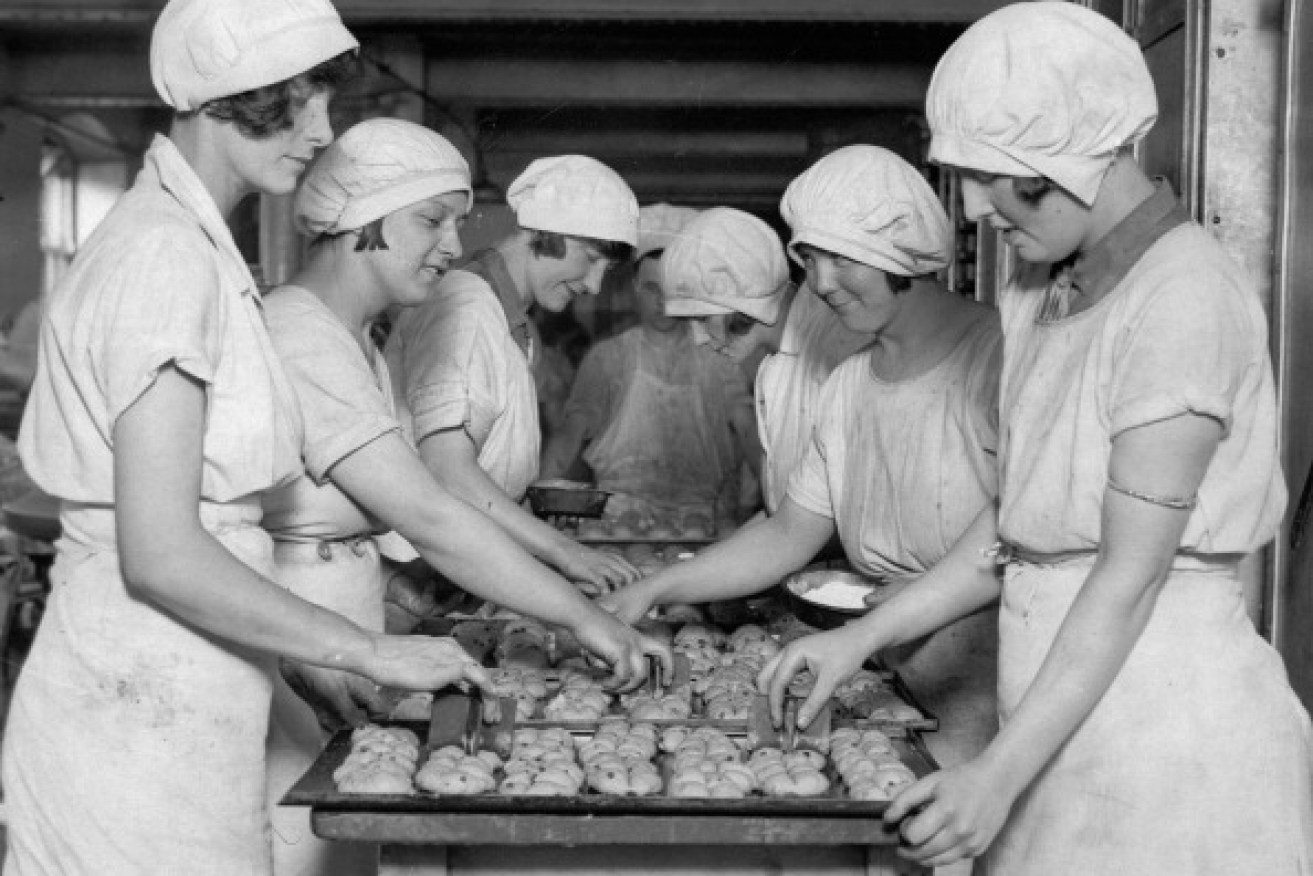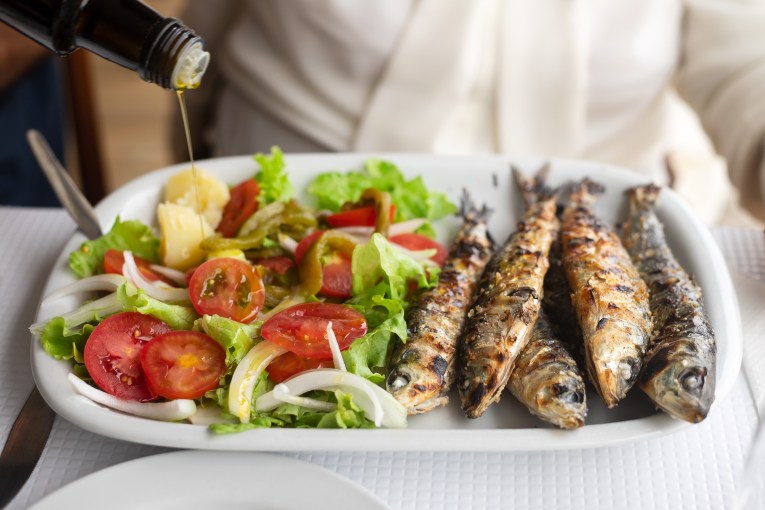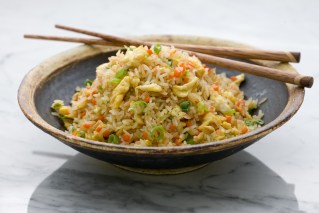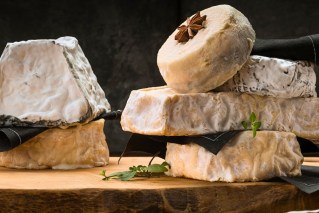Hot cross buns: Where they came from and how to make ’em


Young girls at a London bakery, stamping crosses on the hot cross buns for Easter in 1930. Photo: Getty
There’s nothing quite like the distinct smell of fresh hot cross buns to get a reluctant riser out of bed in the morning.
(Yes, we all know it’s just fruit loaf with a white cross on top but they still taste different.)
Traditionally, your standard HCB – as the kids call them these days – contain a medley of dried fruits and a couple of choice spices.
What was once considered an extreme departure from tradition – choc-chip, mocha – now pales in comparison to the crossbreeds that have hit the market: Hot cross bun burgers, milkshakes, and this week, Gelatissimo announced it’s crafted a HCB-flavoured gelato.
What’s with the hype?
We all know hot cross buns are best served warm and fresh and with far too much butter, but do we all know why we’re chowing down?
Here’s a brief run-down of the history of the HCB.
There are many theories on the origin of the bun.
One theory dates back to the 14th century when an Anglican monk baked the buns at St Albans Abbey and called them the ‘Alban Bun’. He then distributed them to the poor on Good Friday.
They soon gained popularity around England and became a symbol of the Easter weekend.
In 1582, the London clerk of markets issued a ban on the sale of the buns by bakers. This was because of superstitions that the buns carried medicinal or magical properties.
Elizabeth I of England passed a law permitting them only to be sold at Easter and Christmas. The English got around this law by baking the buns at home and eventually the law was rescinded due to the popularity of the treat.
The first recorded reference to hot cross buns was in ‘Poor Robin Almanac‘ in the 1700s. It read: “Good Friday come this month, the old woman runs. With one or two a penny hot cross buns”.
Best of the bun-ch
According to polling from CHOICE, most Aussies still lean to traditional with their buns.
As such, the consumer advocacy body pulled today 15 people and tasked them with taste-testing eight HCBs from our national supermarkets and bakeries.
These are the top four performers:
Bakers Delight traditional fruit hot cross buns; $1.25 per bun
Woolworths traditional fruit hot cross buns; $0.58c per bun
Coles traditional fruit hot cross buns; $0.58c per bun
Aldi bakers life fruit hot cross buns; $0.50c per bun
Put your own bun in the oven
With all the time on our hands, what with staying home and social distancing, there’s no excuse (OK a couple) not to try making your own hot cross buns this Easter.
We went straight to the top to get you the ultimate bun recipe, from none other than pastry extraordinaire, Darren Purchese, from Burch & Purchese Sweet Studio in Melbourne.
Buns are literally, his bread and butter.
Without further adieu, here’s your recipe. Happy baking.
Hot Cross Buns
Makes: 12
Part 1
240ml water
28g dried active yeast
80g strong flour
2 tsp caster sugar
3 tsp skimmed milk powder
Dough
400g strong flour
80g caster sugar
85g unsalted butter
1 tsp salt
1 egg
½ tsp ground cinnamon
½ tsp ground nutmeg
½ tsp ground clove
1 lemon zest
30g currants
30g golden raisins, chopped
30g candied mixed peel, chopped
Egg wash
2 egg yolk
1 tbsp milk
pinch salt
Cross
40g flour
25g caster sugar
As needed water
Syrup
100ml water
100g caster sugar

Look at these buns – they could soon be yours. Photo: Darren Purchese
Method
- In a bowl whisk together, all of the ingredients for part 1 and cover with cling film. Leave the bowl in a warm place for up to 45 minutes or until the paste has doubled in size.
- Place the ingredients for the dough (except the fruit and zest) into the bowl of an electric stand mixer and attach the hook. Turn the mixer onto a low speed and mix for 2 minutes before adding part 1. Turn the speed to medium and continue to mix for a further 5-6 minutes.
- Turn the speed back to low and add the fruit and zest and mix all in for a minute. Remove from the machine and lightly spray the surface of the dough with canola spray and lay cling film onto the surface of the dough. Leave the bowl to prove in a warm place to double in size.
- Once doubled, remove the dough from the bowl and place onto a lightly floured work surface and knock back lightly.
- Use scales to portion the dough into 12 equal sized pieces and roll each piece into a ball. Place the balls onto an oven baking sheet and lightly spray each ball again with canola spray. Cove with cling film over the top of the buns but do not wrap the try with cling film too tightly as there needs to be enough room for the buns to expand and prove.
- Pre heat an oven to 180°C.
- Place the tray somewhere warm to prove. Mix the egg wash ingredients together and reserve,
- To make the cross mix the flour and sugar and add cold water just enough to make a think paint consistency.
- Boil the water and sugar to make the syrup.
- Once the buns have expanded to almost double in size gently remove the cling film and lightly brush the egg wash onto the surface of each bun using a pastry brush and ensuring the dough does not get knocked back by heavy handedness.
- Place the buns into the oven and bake for 12 minutes before removing. Use a thin pastry brush to gently brush a hand painted ‘cross’ onto each bun. Place the tray back into the oven for up to 1 minute to ‘set’ the cross. Remove the tray from the oven and brush the syrup over the top of each bun.
- 12. Transfer the bus to a wire cooling rack and leave to cool.








